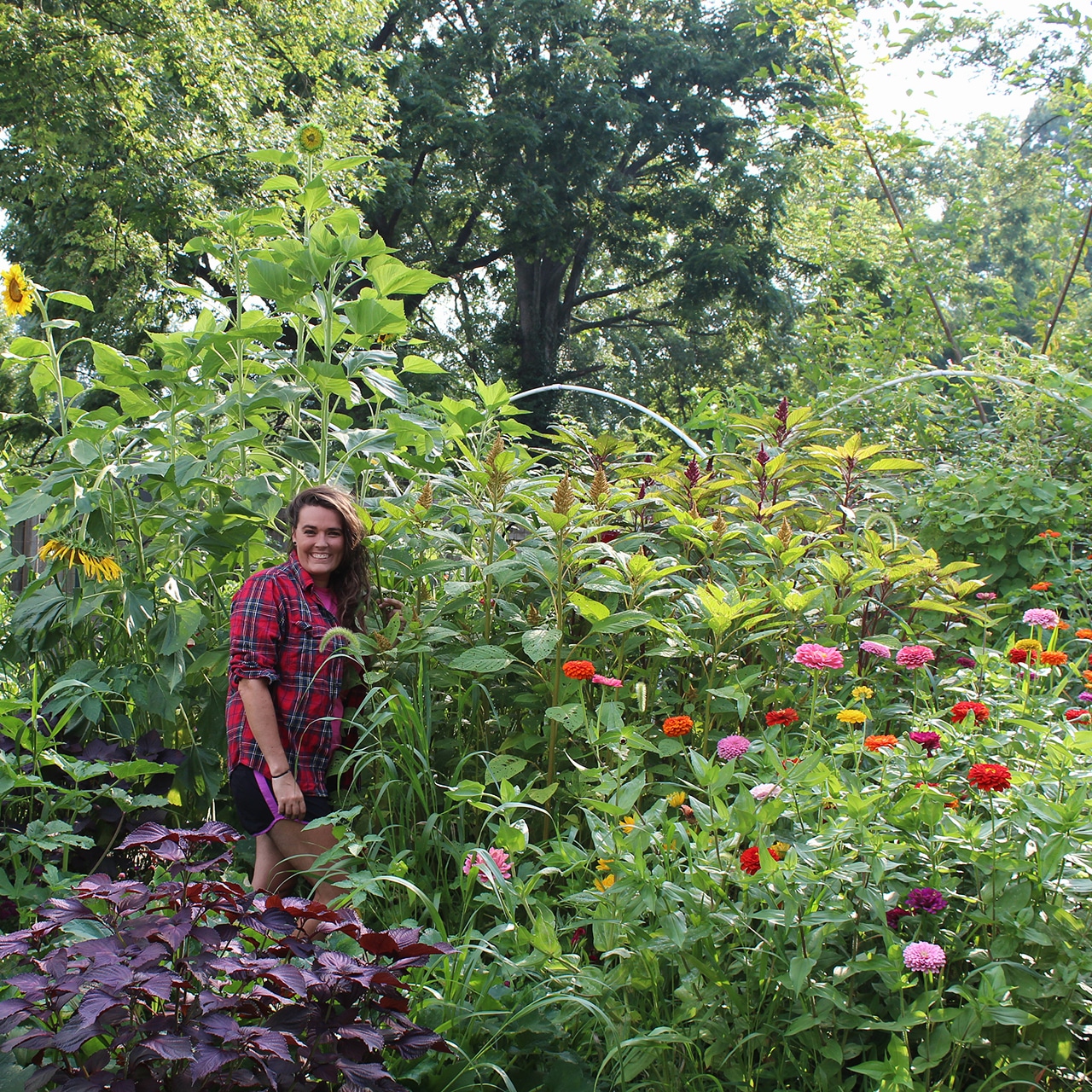Confused About What To Do With Dahlias After Flowering? 4 Steps To Safeguard Your Summer Displays & Prep For Next Year’s Blooms
While many dahlia varieties will bloom well into the fall, yours may have started slowing. Here’s what to do with dahlias after flowering to keep your tender perennials at their best


Dahlias have a solid reputation for blooming through summer well into the fall, so hopefully you’ll be enjoying an abundance of blooms for many weeks. It’s really only the arrival of the first frost that will mark the end of the flowering season definitively. However, there are definitely stages to dahlia care after flowering that it is good to keep in mind.
As soon as you get a feeling that the blooms are starting to fade, make sure you follow these steps to keep them looking their best. Here, we'll explore what to do with dahlias after flowering, when to cut back dahlias after flowering, and how to further promote bloom.
1. Make Sure Dahlias Have Finished Flowering

Yes, you’ve seen the flowers fade – but dahlias are notoriously generous when it comes to repeat showings, especially if you are willing to keep snipping back the fading flower heads. Routine deadheading, or the removal of faded blooms, is a great way to extend the display. This should be your first step in ensuring the best care for dahlias after flowering.
So make sure you keep dahlias flowering for as long as possible by deadheading. Where you see a faded flower head, snip just above a leaf node using shears like Scotts' Straight Tip Floral Shears from Walmart. Lightly pinching or trimming green growth back to the nearest set of healthy leaves can help plants to rebloom as temperatures start to cool in the fall.
It’s true, the production of blooms will likely decrease over time. This will be especially true where summer temperatures climb high, or where conditions are dry. But it’s always worth deadheading as a means to eke out the show. Towards the end of the season, you may want to save seed on a few flower heads, allowing the seed pods to dry and fully mature.
2. Cutting Dahlias Back in the Fall

So when do you cut dahlias back after flowering? The first frost will officially mark the end of the dahlia growing season. At this time, plants will brown and begin to die back. At this point, care of dahlias after flowering becomes about getting the plant ready for winter. Cutting back helps to protect your dahlia variety in preparation for dormancy.
It’s a good idea to allow plants to stand for several weeks as each tuber prepares for winter. After that, each stem can then be cut back to the ground. All dead or decaying plant matter should be removed to prevent the spread of disease in beds. Depending on plant variety, some stalks will be fairly thick. Use a sharp blade – there’s a great-value Secateurs Set from Spear & Jackson, available at Amazon, for sharp cuts.
3. Lifting and Storing Dahlias

Where hardy, tubers may then be left in the ground through winter, returning to bloom again in spring. You can also lift the tubers from the soil and store dahlias indoors. This helps to protect dahlias grown outside the recommended hardiness zone (for most varieties, this will be USDA 8-11).
Sign up for the Gardening Know How newsletter today and receive a free copy of our e-book "How to Grow Delicious Tomatoes".
If you do choose to lift dahlias, you can begin to do so after all plant foliage has died back and been removed. Position the shovel carefully, working in a large circle around the perimeter of each plant. This will help to prevent accidental damage to tubers. Any excess soil should be removed from the plant, allowing for a clearer view of the dahlia clump.
At this time, you can either divide dahlia clumps or store them whole through winter. Pack tubers in wood shavings, peat or vermiculite, to keep tubers protected whilst in storage. We love Back to the Roots Organic Vermiculite, available at Amazon in a variety of sizes along with a selection of perlite bags.
Tubers are best kept in a cool, dark place until planting in spring. If you need a quick way to keep an eye on temperature and humidity, the ThermoPro TP50 Hygrometer, available at Amazon, is a user-friendly way of monitoring key information and tracking changes at a glance.
4. Replanting Dahlias in Spring

You can begin to wake your stored dahlia tubers in early spring. In general, you should allow 4-6 weeks for tubers to break dormancy. Required length will vary, however, with storage conditions being a major contributing factor, along with dahlia variety (and age).
Move stored clumps to a warm location to encourage sprouting, initiating new growth from eyes near each tuber's neck. You may also choose to pot dahlia plants into individual containers at this time, allowing for consistent moisture until the first signs of growth occur. Pre-sprouted tubers can be moved into the garden as soon as the soil has warmed in spring, provided all risk of frost has passed. Follow these steps, and you can be sure you have the best chance of enjoying beautiful summer blooming plants again next year.
Frequently Asked Questions
What happens if you don’t dig up dahlias?
Most dahlias are considered hardy to USDA zone 8. If you live in these regions, you should be able to leave tubers in the garden through winter. However, although some gardeners beyond these regions have found success overwintering tubers in the ground, cold temperatures risk the complete loss of plants. It is for this reason that it’s best to dig and store tender dahlia clumps through winter.
Can you leave dahlias in pots over winter?
If you live in a warmer climate, you can overwinter potted dahlias with relative ease. However, this practice is not advised if you live in cooler climates. This is especially true where growers experience consistent freezing temperatures, which would likely harm or kill potted tubers.
Do dahlias multiply on their own?
Growers can expect dahlia clumps to grow larger with each passing season. Over time, tubers may become crowded. This often leads to a decrease in flower production. Division of tubers in fall can help to rejuvenate plants and multiply blooming potential in dahlia beds.
This article features products available from third party vendors on the Gardening Know How Shop. Keep in mind that our plant inventory is limited - so if you’re thinking of purchasing, don’t wait!

Tonya Barnett has been gardening for 13 years. Flowers are her passion. She has transformed her backyard into a cut flower garden, which she regularly chronicles on her YouTube channel http://www.youtube.com/@tonyawiththeflowers.
